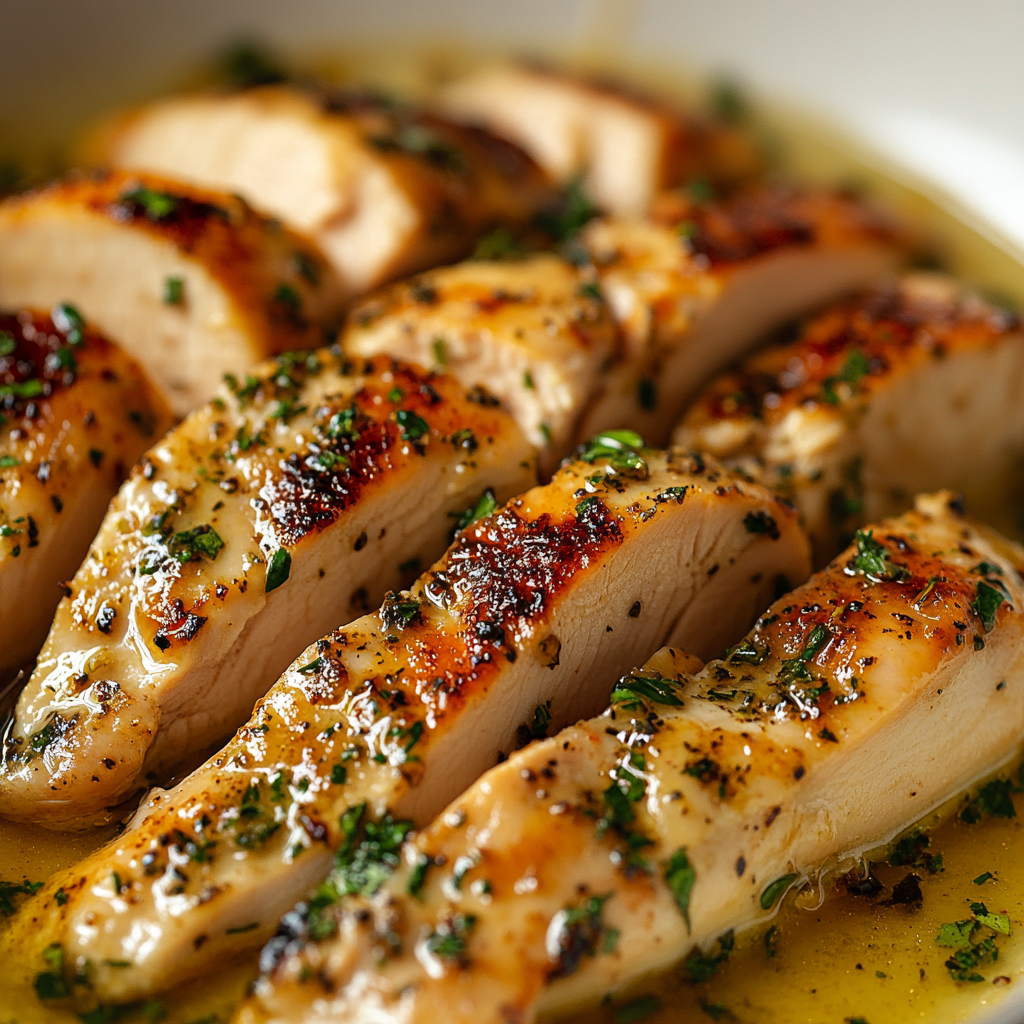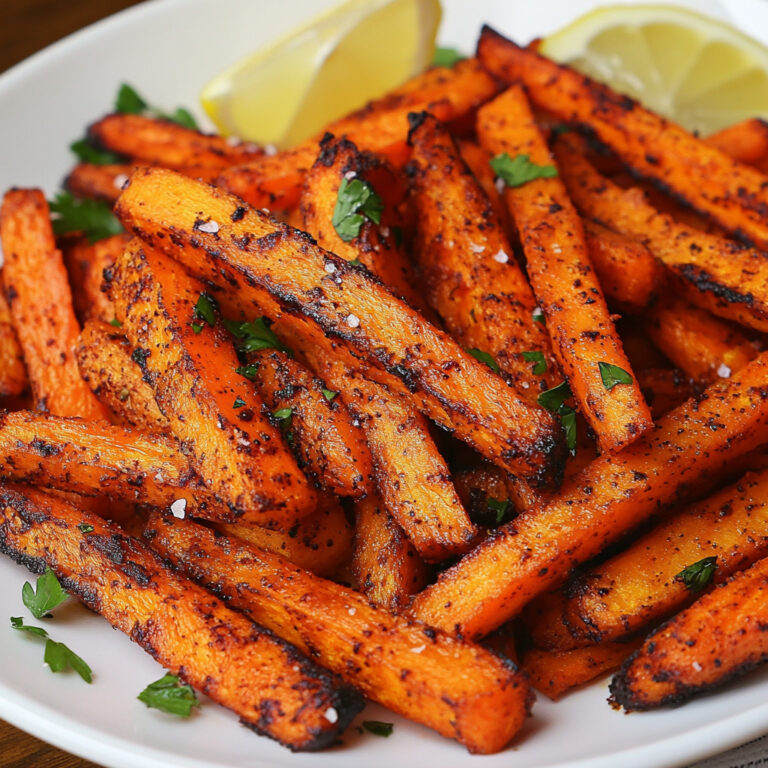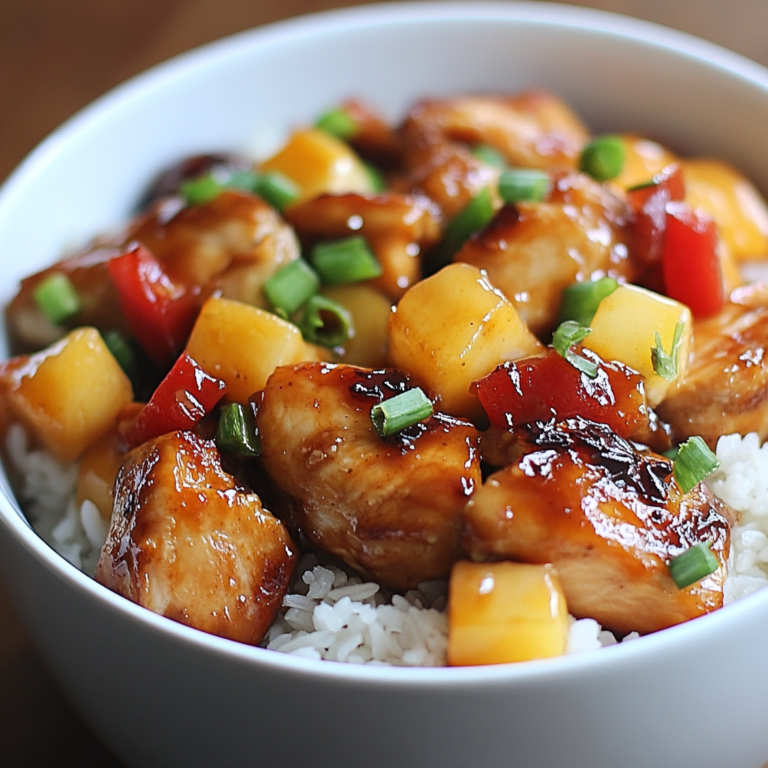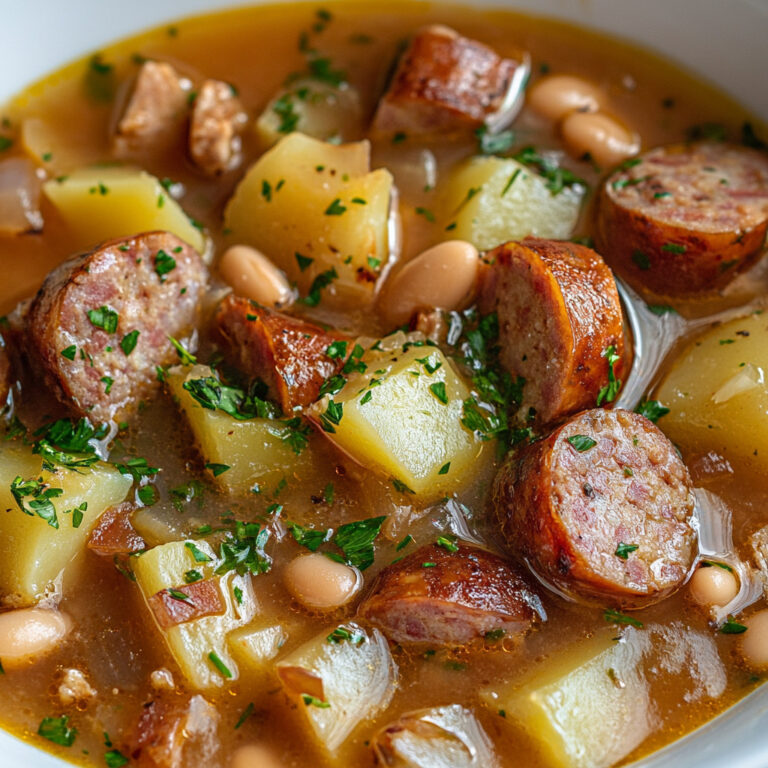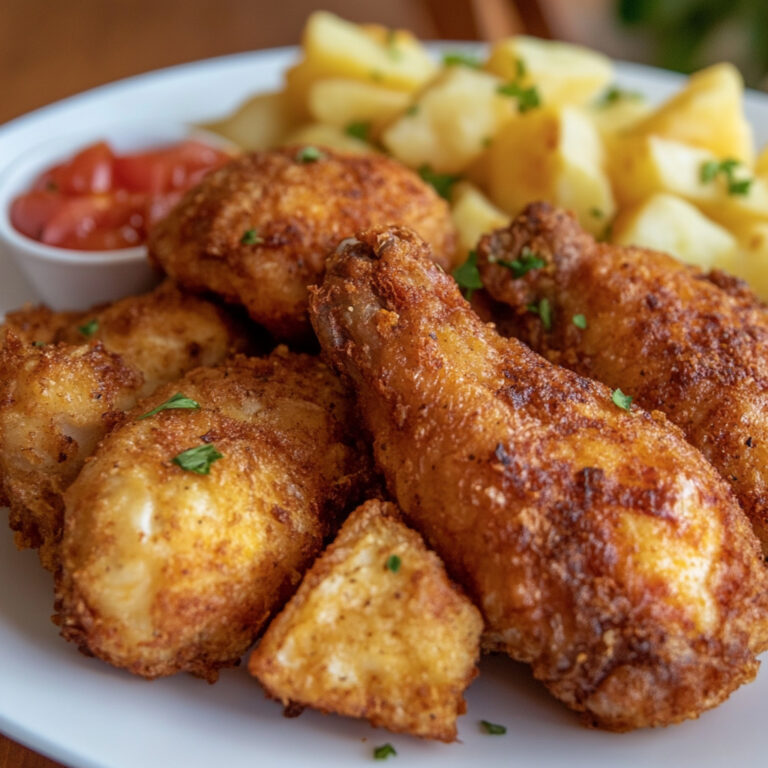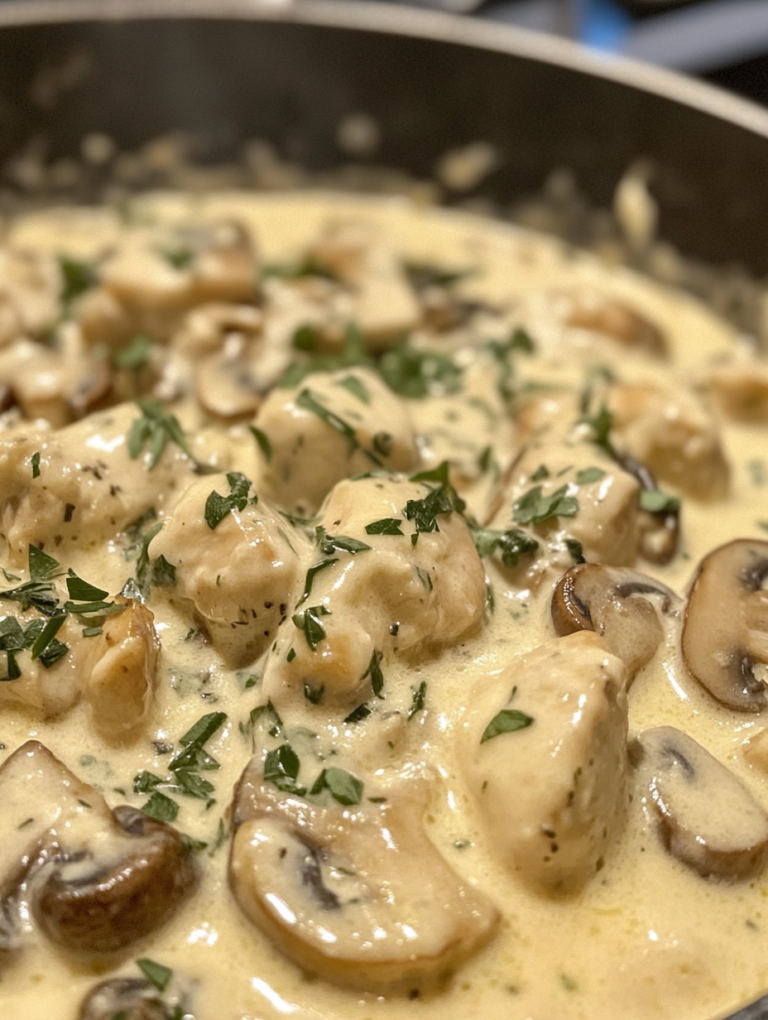How to Cook Chicken: The Ultimate Guide
Introduction
Chicken is one of the most beloved and versatile proteins around the world. Whether you’re making a quick weeknight dinner or hosting a weekend feast, knowing how to cook chicken properly is a must-have skill in the kitchen. It’s healthy, budget-friendly, widely available, and can be flavored in endless ways—roasted, grilled, sautéed, baked, or fried. But while chicken may seem simple, getting it right—juicy, flavorful, and fully cooked—requires just a few techniques and a bit of attention to detail.
In this comprehensive guide, we’re going to walk you through the best methods to cook chicken so it’s never dry or bland again. From understanding the different cuts—like breasts, thighs, wings, or drumsticks—to knowing the right temperatures, seasonings, and cooking methods, this article will equip you with everything you need.
Why focus on chicken? Because it’s a kitchen staple that shows up in cultures all over the world, and mastering its preparation means you’ll always have a go-to meal. Whether you’re meal-prepping for the week or cooking for a holiday gathering, chicken is that crowd-pleasing protein that can fit into almost any dish.
You’ll learn how to season it for maximum flavor, how to sear it for that golden crust, and how to lock in the juices so each bite is tender. Plus, we’ll share tips for customizing the recipe to suit your taste and dietary preferences.
This guide isn’t just for beginners—home cooks of all skill levels will find value in refining their techniques. After all, great meals start with great basics. And knowing how to cook chicken well is a skill that never goes out of style.
Let’s dive into the delicious details and show you how to make perfect chicken—every time.
Recipe Overview
This is more than just a recipe—it’s a foolproof method for cooking chicken that ensures it’s flavorful, juicy, and cooked to perfection. We’ll focus on the classic method: pan-seared, oven-finished chicken breasts, with options for thighs or drumsticks. It’s a technique used by chefs and home cooks alike for its balance of flavor and ease.

Start with boneless, skinless chicken breasts for a lean and quick-cooking option. Season generously with salt, pepper, garlic powder, and paprika for a classic flavor base. Searing the chicken in a hot skillet builds a flavorful crust, then finishing it in the oven helps cook it through evenly without drying out the inside.
This approach works beautifully with marinades or spice blends if you want to change it up. You can also adapt it to use bone-in chicken, thighs, or wings—just adjust the cooking time accordingly.
Pair it with roasted vegetables, a fresh salad, or creamy mashed potatoes, and you’ve got a balanced meal that feels both homey and impressive. It’s also perfect for meal prepping: cook a few extra pieces and use them throughout the week in wraps, salads, or pasta dishes.
The best part? This technique is faster and tastier than takeout, and you’ll know exactly what’s in your food. It’s ideal for anyone looking to eat healthier, cook more at home, or improve their kitchen skills.
Whether you’re new to cooking or just want to level up your chicken game, this go-to method will have you making restaurant-worthy chicken in your own kitchen. It’s simple, versatile, and consistently delivers juicy, golden, flavorful results.
Why This Recipe is a Winner
This recipe is a winner because it delivers on all fronts—taste, simplicity, and versatility. First, the method ensures juicy chicken every time. Searing locks in moisture while the oven finish provides even cooking without over-drying.
Second, it’s incredibly flexible. You can adjust the seasonings based on your mood—lemon herb for something bright and fresh, Cajun for a bit of kick, or Italian seasoning for something classic. You can also swap out chicken breasts for thighs or drumsticks without changing much.
Third, this is a health-conscious and family-friendly dish. It’s low in carbs, high in protein, and easy to pair with sides to suit any diet—keto, paleo, gluten-free, or just balanced.
Finally, this is a reliable technique that builds kitchen confidence. It’s not complicated, but it teaches you valuable cooking principles like browning, internal temperature monitoring, and resting meat after cooking.
This chicken recipe isn’t just another meal—it’s a go-to method you’ll use again and again.
Personal Connection
I still remember the first time I nailed this chicken recipe. It was during my early days of cooking, and I wanted something easy yet impressive. I had no clue how much difference a good sear and oven finish could make. The result? Juicy, golden-brown chicken that tasted like something from a restaurant—and it was made in my tiny kitchen with minimal ingredients.
Since then, this has been my go-to method for busy weeknights, lazy Sundays, and even small dinner parties. It’s one of those recipes that gives you confidence, even on days when you’re not feeling like a chef. I’ve taught friends, family—even teens just learning to cook—how to make it, and it’s become a kitchen staple in so many homes.
Cooking chicken this way turned my perspective on home cooking from “stressful” to “empowering.” That’s why I love sharing it—it’s not just about making a meal, but building confidence and consistency in the kitchen.
Ingredients
Here are the key ingredients for making the perfect pan-seared, oven-finished chicken:
Core Ingredients:
- 4 boneless, skinless chicken breasts – Lean, high-protein base of the dish.
- 1½ teaspoons salt – Enhances natural flavor.
- 1 teaspoon black pepper – Adds a mild kick and depth.
- 1 teaspoon garlic powder – Adds a savory base note.
- 1 teaspoon paprika – Adds warmth and a golden finish.
- 2 tablespoons olive oil – Helps with searing and adds healthy fats.
- 1 tablespoon butter (optional) – Adds richness to the pan sauce.
- Fresh thyme or rosemary (optional) – For herbaceous aroma.
Optional Marinade:
- Juice of 1 lemon
- 2 cloves garlic, minced
- 1 tablespoon olive oil
- 1 teaspoon Dijon mustard
Let it marinate for 30 minutes to deepen the flavor.
Variations & Substitutions:
- Swap breasts for chicken thighs if you prefer richer flavor and juicier texture.
- Use coconut oil or avocado oil for higher-heat cooking.
- Add chili flakes for heat or a dash of honey for a sweet finish.
- Use your favorite spice blends: Cajun, Italian, or even curry powder for a twist.
👨🍳 Preparation Tips + Detailed Cooking Steps
Cooking juicy, flavorful chicken starts with prepping properly and using the right technique. Follow these steps for perfect results every time.
Step 1: Prep the Chicken
- Pat the chicken dry with paper towels. Removing moisture helps it sear better.
- If the chicken breasts are very thick, slice them horizontally to create thinner cutlets or pound them to even thickness (about ½ inch).
- Season generously with salt, pepper, garlic powder, and paprika. For extra depth, add optional herbs or a quick marinade.
Step 2: Sear in a Hot Skillet
- Heat 2 tablespoons olive oil in a large oven-safe skillet (like cast iron) over medium-high heat until shimmering.
- Add the chicken, presentation-side down (smooth side), and don’t move it for 4–5 minutes. This creates a golden crust.
- Flip and cook another 2–3 minutes on the other side.
Step 3: Finish in the Oven
- Preheat your oven to 400°F (200°C).
- Transfer the skillet to the oven and bake for 8–10 minutes or until internal temp reaches 165°F (74°C). Use a meat thermometer for accuracy.
- Remove from oven and let rest for 5 minutes to let juices redistribute.
Step 4: Optional Pan Sauce
- After removing the chicken, place the pan back on the stove.
- Add a pat of butter and splash of chicken broth, lemon juice, or white wine. Scrape the brown bits from the bottom and simmer for 2–3 minutes.
- Spoon sauce over sliced chicken before serving.
Tips for Best Results:
- Don’t overcrowd the pan. Cook in batches if needed.
- Use a meat thermometer. Don’t guess—165°F is the sweet spot.
- Rest the chicken. Skipping this step can lead to dry results.
- Store leftovers in an airtight container for up to 3–4 days.
🍽️ Serving Suggestions & Helpful Tips
Serve this chicken as the centerpiece of a balanced plate:
Serving Ideas:
- With roasted vegetables (carrots, broccoli, zucchini).
- Over a salad with vinaigrette for a healthy lunch.
- In wraps or sandwiches with mayo, mustard, or hummus.
- With rice, mashed potatoes, or couscous for a comforting dinner.
- Slice and top on pasta or grain bowls.
Helpful Tips:
- Use the fond (brown bits in the pan) to make a quick, delicious sauce.
- If using bone-in chicken, increase oven time by 5–10 minutes.
- For extra flavor, brine your chicken in salted water for 15–30 minutes before cooking.
- Want crispier texture? Dust chicken lightly with flour before searing.
- Want faster results? Use thin-cut breasts or chicken tenders.
This chicken is great for all ages, dietary preferences, and cooking skill levels—it’s easy, forgiving, and always tasty.
Substitutions and Variations
The beauty of this recipe is how easily it can be customized. Whether you’re cooking for picky eaters, dietary restrictions, or just want to change it up, here are some great options:
Protein Variations:
- Chicken Thighs: Juicier and more flavorful than breasts. Bone-in or boneless both work; just increase cooking time by 5–10 minutes.
- Chicken Tenders: Perfect for quick meals and great for kids. Reduce cooking time by a few minutes.
- Whole Chicken Pieces (legs, wings, drumsticks): Just be sure to check internal temperatures for doneness.
Spice & Flavor Swaps:
- Italian Style: Use basil, oregano, and garlic with a squeeze of lemon.
- Mexican Style: Add cumin, chili powder, and lime juice.
- Asian Style: Use soy sauce, ginger, and sesame oil in a quick marinade.
- Sweet & Spicy: Combine honey and sriracha for a sticky glaze.
Cooking Method Alternatives:
- Grilled Chicken: Use the same seasoning and grill over medium-high heat for 6–7 minutes per side.
- Baked Chicken: Skip the sear. Bake at 400°F (200°C) for 20–25 minutes until internal temp reaches 165°F.
- Air Fryer Chicken: Air fry at 375°F (190°C) for 18–20 minutes, flipping halfway through.
Dietary Substitutions:
- Low-Sodium: Reduce or skip the salt, and add herbs or citrus for flavor.
- Dairy-Free: Omit butter in pan sauce or use a plant-based alternative.
- Gluten-Free: This recipe is naturally gluten-free—just double-check seasoning blends for hidden wheat.
These swaps allow you to keep the recipe fresh and exciting while still using the same core method. It’s perfect for meal preppers, families, or anyone who wants variety without starting from scratch every time.
❓ Frequently Asked Questions
1. How do I know when the chicken is done?
Use a meat thermometer. Chicken is safe to eat when the internal temperature reaches 165°F (74°C).
2. Can I cook chicken from frozen?
Yes, but it takes longer and won’t sear well. Thawing is best for even cooking and browning.
3. What oil is best for cooking chicken?
High-smoke-point oils like olive oil, avocado oil, or grapeseed oil are great.
4. How can I make it more juicy?
Don’t overcook it, and let it rest after cooking! Brining before cooking also helps.
5. Can I marinate it overnight?
Yes! Overnight marinating enhances flavor, especially with acidic marinades like lemon or yogurt.
6. Is it okay to use bone-in chicken?
Absolutely. Just increase cook time and monitor the internal temperature.
7. What sides go best with this chicken?
Roasted veggies, mashed potatoes, rice, quinoa, or a fresh salad.
8. Can I freeze cooked chicken?
Yes. Let it cool completely, then freeze in airtight containers for up to 3 months.
9. How do I reheat it without drying it out?
Cover with foil and reheat in the oven at 325°F, or microwave with a splash of broth.
10. What herbs work best with chicken?
Thyme, rosemary, parsley, basil, and oregano all pair beautifully.
♻️ Leftover Ideas
Have leftover chicken? Lucky you! Here are creative ways to turn your extras into brand-new meals:
- Chicken Salad: Dice leftovers and mix with mayo, Dijon mustard, celery, and red onion. Serve in sandwiches or lettuce cups.
- Chicken Quesadillas: Shred and stuff into tortillas with cheese, salsa, and beans.
- Pasta Toss: Add to pasta with olive oil, garlic, and a sprinkle of Parmesan.
- Grain Bowls: Combine with quinoa or rice, roasted veggies, and a drizzle of tahini or vinaigrette.
- Chicken Soup: Simmer with broth, carrots, celery, and noodles for an easy comfort meal.
- Wraps & Sandwiches: Slice thin and pair with hummus, greens, and pickles in a wrap.
- Stir-fry: Toss with vegetables and soy sauce for a quick skillet meal.
- Buffalo Chicken Dip: Mix shredded chicken with cream cheese, hot sauce, and cheese—bake until bubbly.
- Fried Rice: Stir-fry with eggs, veggies, and cooked rice for a one-pan dinner.
- Breakfast Hash: Sauté with potatoes, onions, and eggs for a hearty brunch.
Pro tip: Chop and freeze leftovers for future recipes—perfect for busy weeknights!
🔗 Similar or Complementary Recipes
Here are some recipes that go great with or build upon this chicken recipe:
- Creamy Garlic Mashed Potatoes – Perfect side dish for juicy chicken.
- Easy Roasted Vegetables – A colorful, healthy combo to complete your plate.
- Homemade Chicken Gravy – Add rich flavor to any chicken meal.
- One-Pot Chicken Alfredo – Use leftover chicken in this creamy pasta.
- Chicken Caesar Salad Wraps – Light and refreshing lunch idea.
📝 Recipe Notes & Metadata
- Prep Time: 10 minutes
- Cook Time: 20 minutes
- Total Time: 30 minutes
- Yield: 4 servings
- Category: Main Course
- Method: Pan-seared + Oven-baked
- Cuisine: American / Global
- Diet: Gluten-Free
- Keywords: how to cook chicken, juicy chicken breast, pan seared chicken
Nutrition :
- Calories: 280
- Sugar: 0g
- Sodium: 500mg
- Fat: 11g
- Saturated Fat: 2g
- Unsaturated Fat: 9g
- Trans Fat: 0g
- Carbohydrates: 2g
- Fiber: 0g
- Protein: 40g
- Cholesterol: 100mg
Equipment:
- Oven-safe skillet (cast iron preferred)
- Tongs or spatula
- Meat thermometer
- Foil (for resting)

